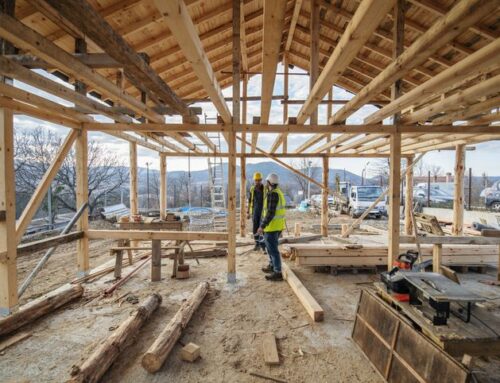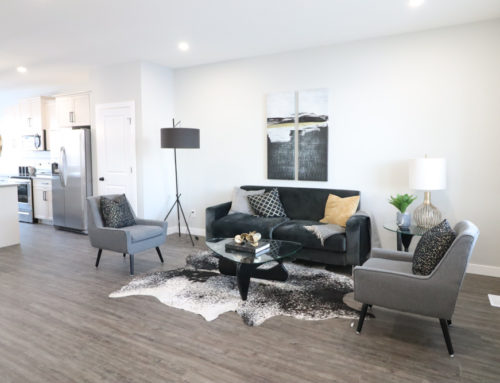There’s no doubt that buying a new home is a complicated process. Luckily, the builder you choose has to do most of the hard work. They need to make sure their work meets building codes, order supplies to arrive at just the right moment and make sure the entire process goes smoothly. Still, there are some things you’ll be responsible for when you purchase a home. Learn more about what you’ll need to do.

Financial Stability
It’s up to you to make sure you have good credit and a secure job. It’s only with this type of financial security that you’re able to qualify for a mortgage, so take the initiative to get an annual credit report. Those who have unique job situations like freelance work or commission-based income can have a harder time proving they’re financially prepared. The bank will likely need to see tax returns from previous years and may require a longer work background than they would for those with salaried jobs.
You’ll also need to get a pre-approval from a mortgage company. You aren’t committing to getting a mortgage from this company, but it’s showing the builder there’s a lender willing to give you a mortgage. You can also use it as a chance to learn the things you should know about mortgages.
Setting an Affordable Budget and Sticking to It
Before you shop for a home, look at the amount the bank will lend you, but set your own budget based on cash flow. Lenders will consider your debt-to-income ratio and determine how much they believe you could afford in monthly mortgage payments. This, however, doesn’t take into account other monthly expenses you might have like gym memberships and phone bills. You’ll want to do your own calculations to see how much you’d be comfortable paying each month. Once you’ve decided on your budget, it’s up to you to stick with those limits, even though it might mean you can’t get every upgrade you might want.
Selecting a Floor Plan and Community
You need to consider your family’s needs, choose a floor plan that meets those needs and a community that fits your family. The Sales Agent can help guide those decisions, but you probably have to do some of the legwork yourself. To get started check out our models in Saskatoon and Regina.
To select a community, identify a few features the community needs to have – a short commute to work, access to public transportation, biking trails, playgrounds, or a community association, for example. Tour the available communities throughout Saskatoon and Regina to find one with the things you need.
For home design, think about features like the number of bedrooms, the size of the kitchen pantry, and any extra spaces you might need. Look at drawings of floor plans, but then try to visit those plans in person. Something that looks good on paper might not have the feel you really want.

Making the Deposit and Agreeing to Purchase
In most cases, you’ll have to make a deposit when you sign the agreement to purchase. This is the final step in getting the ball rolling, and at this point, you’re committing yourself to working with the builder. Many people use HELOCs or home equity loans to access that money before selling their current home. If your down payment money is tied up in the equity of the home you’re living in while your new one is under construction, consider your options for buying a new home before selling your old one.
Choosing Interior Features
For most people, this is the fun part of building a new home. Others find the process a bit tiresome because it’s astounding how many little details require a decision. Pacesetter can help you choose the design features in your home. You will visit either our design center or each of our suppliers individually and we will help guide you in bringing your vision to life.

Following Deadlines
Although the timeframe of a new home build will vary, you’ll be made aware of certain deadlines throughout the process, and you’re responsible for meeting those deadlines. For instance, you’ll have to submit changes to the floor plan by a certain time. If you try to change things after that, it will be too late. You’ll also have to make your design decisions by a particular date. Being late can slow down the building process.
Meeting Community Requirements
Most communities have guidelines for what the exterior of the home has to look like. Builders handle most of these requirements, but you must follow up with those guidelines after the home is built. For instance, community guidelines may require you to have some form of landscaping in the front yard. You can’t put this off for a year or two because you’re short on cash after paying all the expenses on closing day. There also may be requirements for things you’d want to add after the build, like fences. It’s up to you to look into the guidelines and follow them.
This may sound a little overwhelming, but it doesn’t have to be. You’re responsible for the things on this list, but the builder is sure to give you gentle reminders throughout the process. If there’s anything you’re not sure about, don’t be shy about asking questions.



